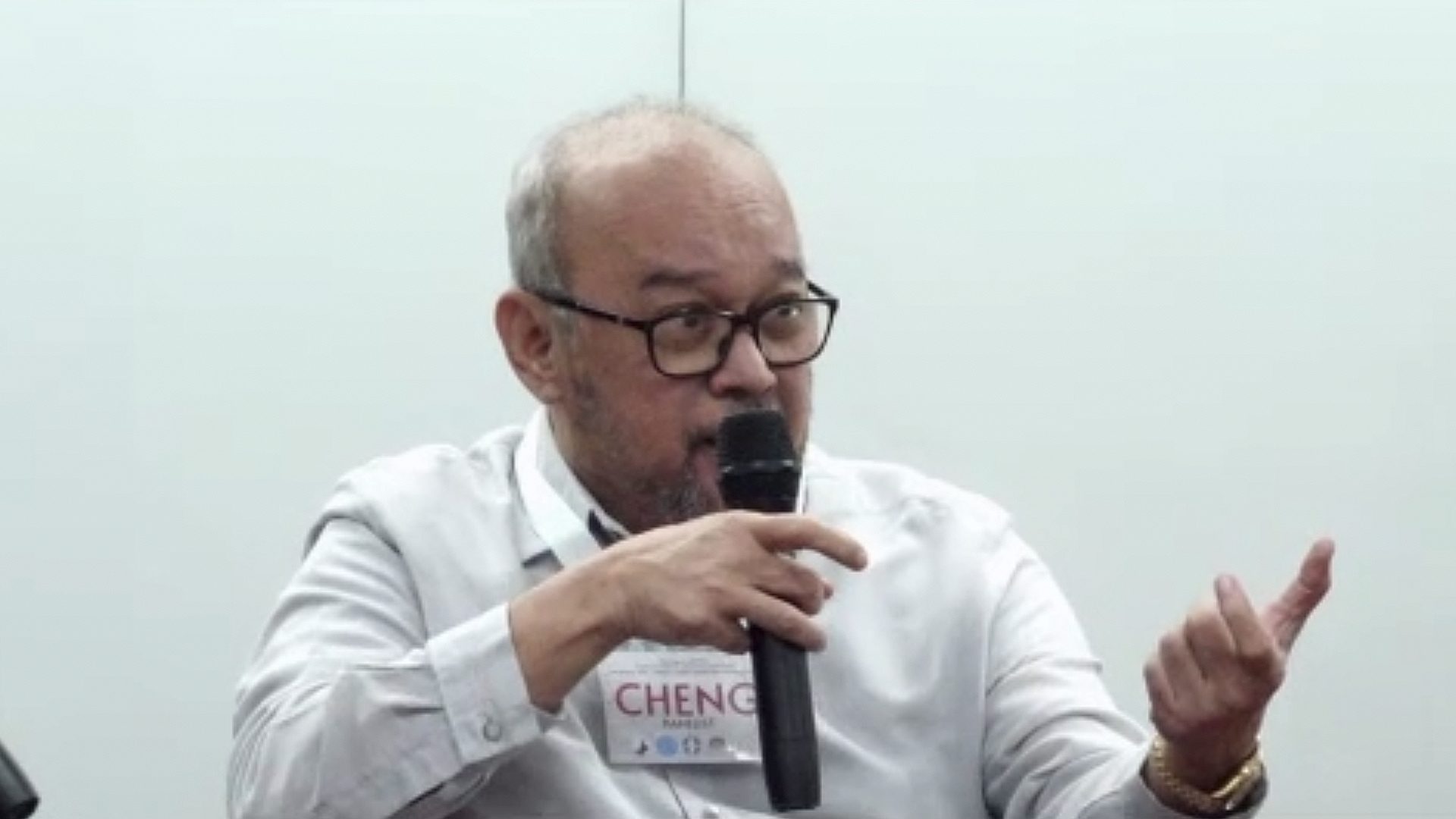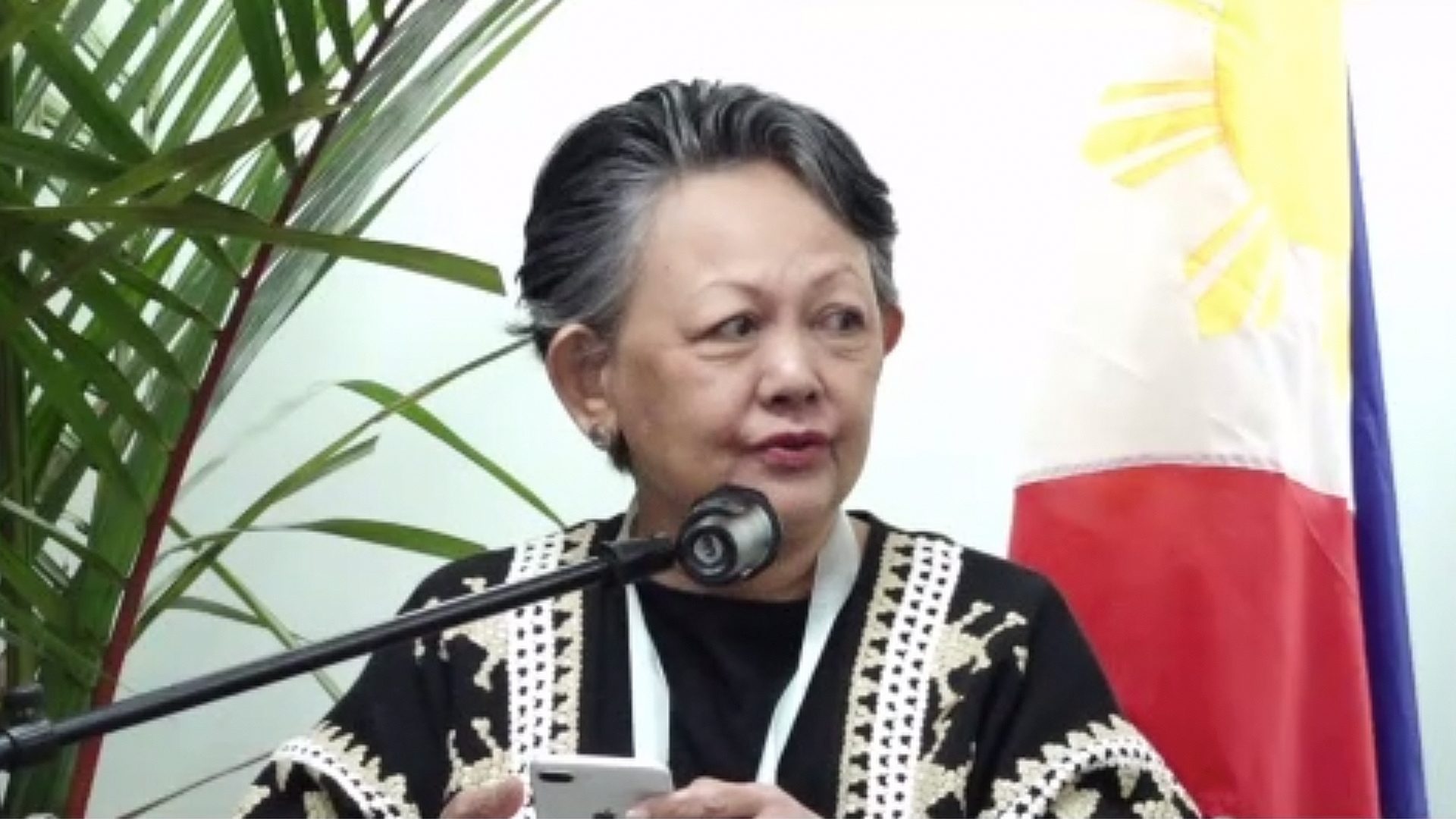From Rappler (Feb12, 2024): Remembering the ‘Jolo-caust’: 50 years since the burning of Jolo (By HERBIE GOMEZ)

Five decades later, what lingers is a sense of nostalgia, with many survivors still longing to witness the return of Jolo's former glory
CAGAYAN DE ORO, Philippines – Amroussi “Cheng” Rasul, a grandson of the late Hadji Butu, the first Muslim Filipino senator, vividly recalled the haunting scenes from 50 years ago in Jolo, Sulu province when dogs scavenging for food sniffed on bloated corpses on the streets.
Rasul recounted three near-death experiences, the first occurring when soldiers mistakenly accused him of being a rebel. His life was spared only because his female companion, a relative, intervened and vouched for him.
It was martial law, and soldiers shot and killed many young Tausug men in Jolo on mere suspicion of being rebels, Rasul recalled. Among them, he said, was his classmate, Alfred Chang.
He also recounted narrowly escaping a bullet and nearly stepping on a land mine.
Days after the fighting broke out, he found himself scavenging for food and joining looters who raided stores for sustenance.
“I was scavenging for food,” he said.
Rasul’s grim memory harked back to the government’s military crackdown on the historic town, as it sought to suppress the uprising of the Nur Misuari-led Moro National Liberation Front (MNLF), then a new group that emerged to challenge the martial law imposed by the late strongman Ferdinand E. Marcos more than a year earlier and started the struggle for Moro independence.
Dorothy Lim Gokioko, a former bank executive and survivor of the siege, recalled her family’s harrowing escape from Jolo under the cover of darkness. Packed tightly aboard an overcrowded ferry, they navigated through rough waters without any light.
“It was pitch black, around midnight. We were floating on rough water, and there was no light. I was terrified. I will never forget that night,” Gokioko said.
Five decades later, the events of the February 4-11, 1974 siege in Jolo remain largely forgotten, and neither the local governments nor the National Commission for Muslim Filipinos (MCMF) has arranged commemorative activities for what has been dubbed the “Jolo-caust.”
The Battle of Jolo, also called The Burning of Jolo, was a significant but often overlooked event in the country’s history in that it was the strongest resistance against the martial regime of Marcos at that time, said retired judge Soliman Santos Jr. during the live-streamed “The Siege of Jolo 1974” forum at the University of the Philippines in Quezon City on Monday, February 12.
At the same time, the event signaled the beginning of a growing movement for Mindanao independence, according to Santos, author of the book The Moro Islamic Challenge: Constitutional Rethinking for the Mindanao Peace Process.
The intense fighting devastated Jolo, with thousands of civilian deaths and most of its residents forced to flee.
As the military fought against MNLF forces, intense battles spread throughout the city. Military ships bombarded the pier, a gas station exploded, and napalm bombs were used. After days of fighting, the military regained control, but about two-thirds of the Jolo burned to the ground and lay in ruins.
The siege forced around 40,000 people to flee, with civilian deaths estimated between 1,000 to 10,000. The government also suffered losses, including 250 soldiers, a fighter jet, and four helicopters. Diseases like cholera and acute gastroenteritis added to the crisis after the siege ended, according to the forum’s organizers quoting various sources.
From rich to poor
Amina Rasul, lead convenor of the Philippine Center for Islam and Democracy (PCID), said it was a “devastating blow to the fabric of Tausug and Jolo society resulting in immeasurable human suffering, economic hardships, and destruction of our political structure… and represented a very painful part of our history.”
Amina said Jolo island was a relatively rich town due to its barter trade and was a promising growth center in the Sulu archipelago until the 1974 destruction.
“People in Manila think we were always poor. No, we were very well off even though we were neglected by the government,” she said.
Amina Rasul, lead convenor of the Philippine Center for Islam and Democracy (PCID), said it was a “devastating blow to the fabric of Tausug and Jolo society resulting in immeasurable human suffering, economic hardships, and destruction of our political structure… and represented a very painful part of our history.”
Amina said Jolo island was a relatively rich town due to its barter trade and was a promising growth center in the Sulu archipelago until the 1974 destruction.
“People in Manila think we were always poor. No, we were very well off even though we were neglected by the government,” she said.

IMPACT. Philippine Center for Islam and Democracy (PCID) head Amina Rasul says Sulu was a relatively rich province and was a promising growth area until its destruction in February 1974, making it among the “poorest areas” in the country.
Amina said the event derailed Jolo because of the destruction of its infrastructure, capital flight, and brain-drain, making it among the “poorest of the poor” areas in the country.
“Because of the complete destruction… the money that made Jolo relatively rich went to enrich Zamboanga, General Santos, Cagayan de Oro, Cebu, Manila… And because there was capital flight and the destruction of infrastructure, the best and brightest had to leave because there were no opportunities and they had to support their families,” she said.
Amroussi Rasul said, “We had everything before.”
He said Jolo, the seat of the Sultanate of Sulu, was doing well in international trade before the 1974 siege.
1974 disinformation
The Marcos administration then, concerned about possible consequences from oil-producing Muslim nations, took steps to address the humanitarian impact in the predominantly Muslim province. It established a government task force to lead Jolo’s recovery, which included actions like stopping loan repayments to banks, providing significant loans to residents, and pausing tax collection temporarily.
Days before the fighting, rumors circulated in Jolo that communist rebels were planning to take the town under siege, recalled Gokioko.
Elgin Salomon, an assistant history professor at UP-Visayas in Iloilo, said the government then initially concealed the situation in Jolo and later framed the narrative that it was fighting “Maoist rebels” in Jolo through its controlled media.
According to Salomon, the Marcos administration accused Misuari of being the right-hand man of the late Communist Party of the Philippines (CPP) founder Jose Maria Sison, and the rebels were also labeled as communist guerrillas, a government narrative that aligned with the reason for the declaration of martial law in 1972.
Salomon said the government even asked Kuwait and Saudi Arabia to withdraw their support for the “Maoist elements” who supposedly initiated the armed conflict in Jolo.
He said Misuari had a role in founding the communist rebellion-linked Kabataang Makabayan (KM) but eventually left the group, and then organized a secessionist movement in Mindanao.
“The MNLF [was] not a Maoist organization; it [was] a Muslim secessionist movement,” Salomon said.
The MNLF subsequently abandoned its pursuit of independence and forged a peace agreement with the Ramos administration in the 1990s. The accord led to the establishment of the now-defunct Autonomous Region of Muslim Mindanao (ARMM), the precursor to the current and expanded Bangsamoro region.
Five decades later, what lingers is a sense of nostalgia, with many survivors still longing to witness the return of Jolo’s former glory, said Agnes Shari Tan Aliman, a survivor and author of the book The Siege of Jolo, 1974.
Amina said the event derailed Jolo because of the destruction of its infrastructure, capital flight, and brain-drain, making it among the “poorest of the poor” areas in the country.
“Because of the complete destruction… the money that made Jolo relatively rich went to enrich Zamboanga, General Santos, Cagayan de Oro, Cebu, Manila… And because there was capital flight and the destruction of infrastructure, the best and brightest had to leave because there were no opportunities and they had to support their families,” she said.
Amroussi Rasul said, “We had everything before.”
He said Jolo, the seat of the Sultanate of Sulu, was doing well in international trade before the 1974 siege.
1974 disinformation
The Marcos administration then, concerned about possible consequences from oil-producing Muslim nations, took steps to address the humanitarian impact in the predominantly Muslim province. It established a government task force to lead Jolo’s recovery, which included actions like stopping loan repayments to banks, providing significant loans to residents, and pausing tax collection temporarily.
Days before the fighting, rumors circulated in Jolo that communist rebels were planning to take the town under siege, recalled Gokioko.
Elgin Salomon, an assistant history professor at UP-Visayas in Iloilo, said the government then initially concealed the situation in Jolo and later framed the narrative that it was fighting “Maoist rebels” in Jolo through its controlled media.
According to Salomon, the Marcos administration accused Misuari of being the right-hand man of the late Communist Party of the Philippines (CPP) founder Jose Maria Sison, and the rebels were also labeled as communist guerrillas, a government narrative that aligned with the reason for the declaration of martial law in 1972.
Salomon said the government even asked Kuwait and Saudi Arabia to withdraw their support for the “Maoist elements” who supposedly initiated the armed conflict in Jolo.
He said Misuari had a role in founding the communist rebellion-linked Kabataang Makabayan (KM) but eventually left the group, and then organized a secessionist movement in Mindanao.
“The MNLF [was] not a Maoist organization; it [was] a Muslim secessionist movement,” Salomon said.
The MNLF subsequently abandoned its pursuit of independence and forged a peace agreement with the Ramos administration in the 1990s. The accord led to the establishment of the now-defunct Autonomous Region of Muslim Mindanao (ARMM), the precursor to the current and expanded Bangsamoro region.
Five decades later, what lingers is a sense of nostalgia, with many survivors still longing to witness the return of Jolo’s former glory, said Agnes Shari Tan Aliman, a survivor and author of the book The Siege of Jolo, 1974.
https://www.rappler.com/nation/mindanao/remembering-jolocaust-burning-jolo-february-12-2024/

No comments:
Post a Comment
Note: Only a member of this blog may post a comment.